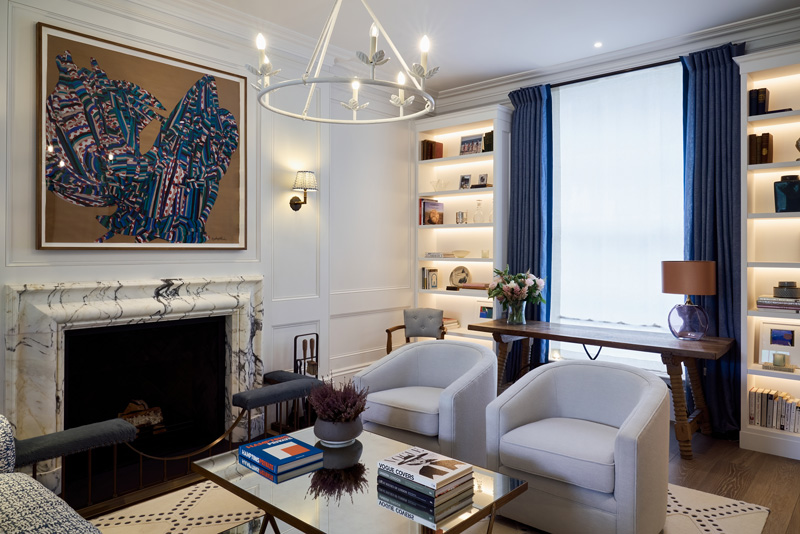When lighting a space, there are three main layers of lighting that a designer introduces and balances to create a harmonious home. These are ambient lighting, task lighting, and accent lighting. Taking into account these three types of lighting allows your space to be utilised in various ways to set the right illumination for functions, tasks and ambience in different rooms.
With this in consideration, here are Truly Lighting’s top tips on how to layer lighting in the home:
- Ambient lighting
Ambient lighting, also referred to as general lighting, is the overall level of illumination in a room. This light layer provides the backdrop for a space for you to find your way around, perform basic tasks, and to see the overall room around you. Ambient lighting is the first consideration when lighting and can come from one main switch, or a variety of sources such as recessed lights, wall-mounts, pendant lightings and floor lamps.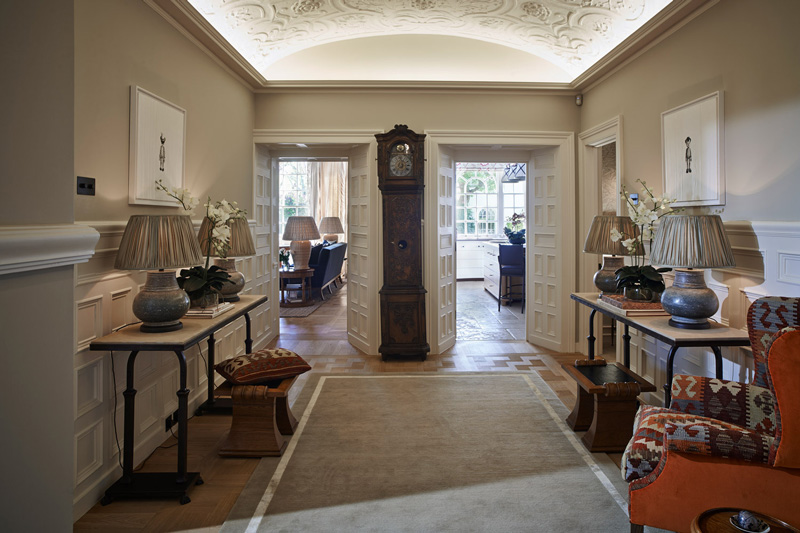
- Task lighting
Task lighting is a strong, direct light that is targeted towards helping you to perform specific tasks and activities by having a brighter light to see better. These tasks include reading, working, and cooking and can be illuminated by pendant lights over the kitchen island, vanity light around the bathroom mirror, or a desk lamp to allow you to see your keyboard and notepad more clearly. Task lighting adds another, brighter layer over ambient light to make certain areas stand out more.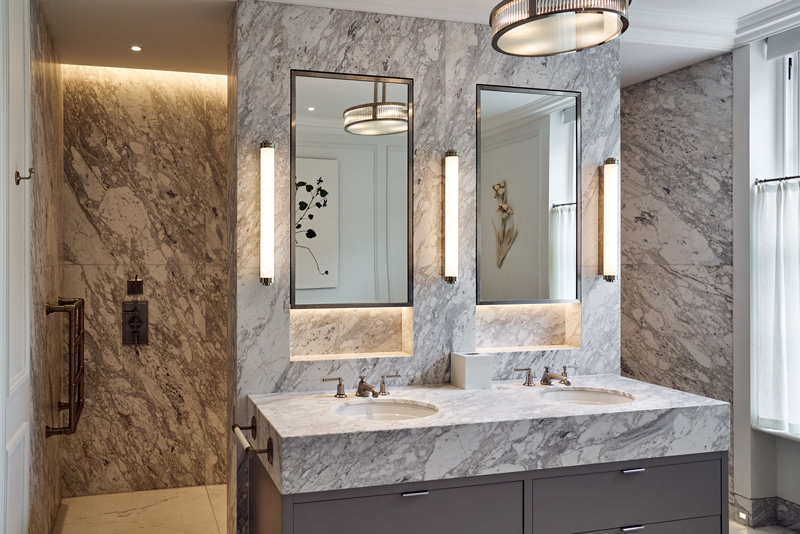
- Accent lighting
Accent lighting, used as directional design lighting, is the third layer of lighting which is introduced to highlight certain features or areas within a room. It adds another layer of dimension to the space and accentuates the aesthetics by highlighting focal features such as photos, artwork, fireplaces or furniture. Accent lights are typically three times stronger than ambient lights to really draw the eye to these points.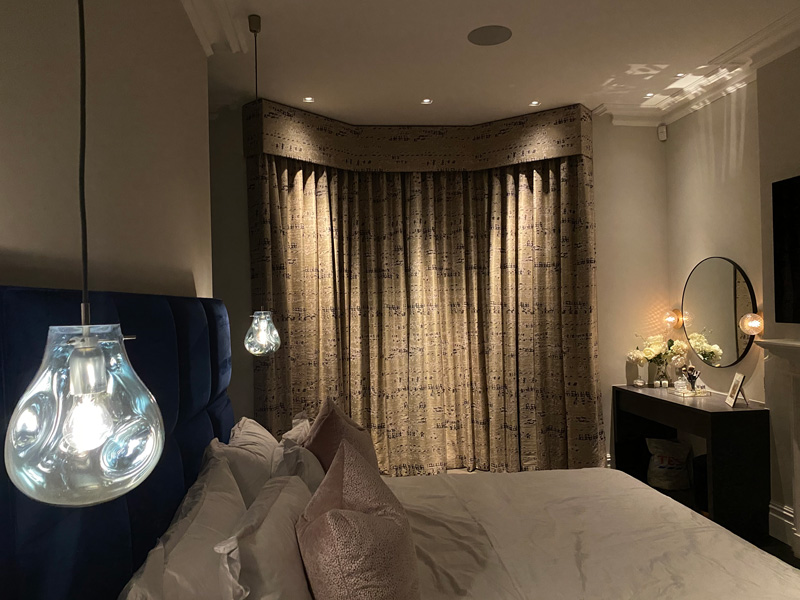
- Balancing the layers
The key to layering light is balancing these three kinds of light to create the right atmosphere in a room. Using ambient, task and accent lighting ties the aesthetic of the room together while also allowing you to accentuate certain aspects within the space. By mixing and matching different light sources, the room can be transformed from a workspace in the day to an entertaining space for dining or hosting in the evening.
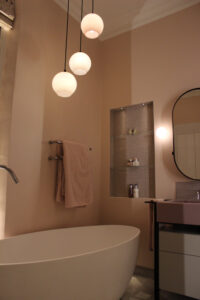
- Create layers with controls
A central control device makes it easier to switch between lighting sources, illumination levels and dimming. With smart control systems, you can activate pre–programmed scenes that are set to your ideal lighting levels for various scenarios and tasks. Flexible lighting schemes can benefit from controls so that you can easily adjust the atmosphere of the room throughout the day.
These are just some of the key considerations to make when deciding how best to layer the lighting throughout your home.
If you are lighting your home, contact Truly Lighting to see how we can make a difference with a bespoke lighting design.
